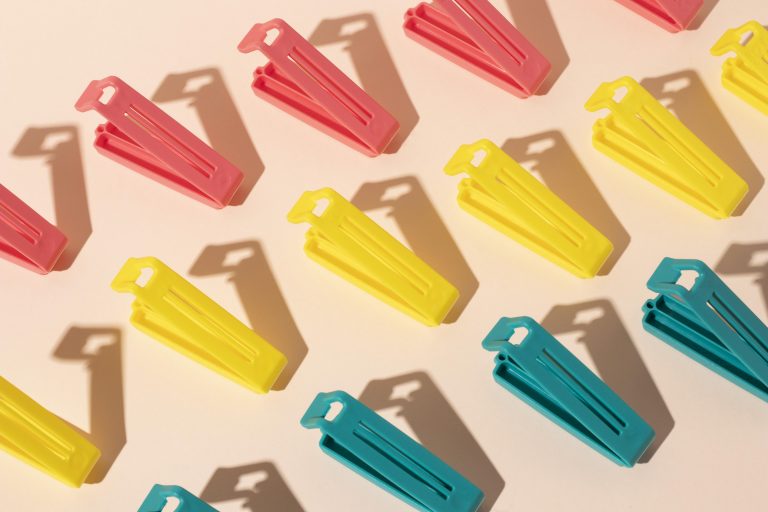Cost-Effective 3D Printing and Overflow Support: Keeping Production Moving at Every Scale
In today’s fast-paced manufacturing world, businesses face increasing pressure to produce high-quality parts more efficiently, cost-effectively, and sustainably than ever before. That’s why 3D printing, also known as additive manufacturing, has emerged as a cornerstone of modern production, combining efficiency, flexibility, and cost savings that traditional manufacturing simply can’t match.
At ABCorp 3D, we help companies meet these demands through cost-effective manufacturing and overflow support services that keep production lines moving, even during peak periods of demand.
Why 3D Printing Is More Cost-Effective Than Traditional Manufacturing
Traditional manufacturing methods come with a long list of hidden costs, including tooling and molds, as well as large minimum order quantities and high labor requirements. Tooling changes alone can cost upwards of $100,000, and traditional lead times often stretch from three to six months. Adding in the expense of maintaining excessive inventory, it’s easy to see why manufacturers are seeking smarter alternatives.
3D printing eliminates those barriers.
- No costly molds or tooling: Parts are produced directly from digital files, saving thousands in setup costs.
- On-demand production: Print one part or thousands without the penalties of minimum order requirements.
- Reduced labor costs: Autonomous print systems minimize manual intervention, cutting production time and operating expenses.
- Lower material waste: Additive processes use only what’s needed, and leftover powder is often recycled for future builds.
A single printer running 40–168 hours per week uses about 20 kg of material, much of which can be reused multiple times. The result? Lower costs, faster turnaround, and a cleaner, leaner production model.
Sustainability and Reduced Carbon Footprint
Beyond the savings, 3D printing is a cleaner, greener way to manufacture. By printing only what’s needed, additive manufacturing cuts material waste and energy consumption. It also significantly reduces the carbon emissions associated with global shipping and large-scale production.
- Traditional manufacturing of similar parts can create 14 tons of CO₂, while the same parts produced via 3D printing generate less than one ton.
- On-demand, local production shortens supply chains and lowers transportation emissions.
- Modern 3D printers operate with lower power requirements than conventional equipment.
At ABCorp 3D, we take sustainability even further by utilizing eco-friendly materials, such as Nylon 11 (PA11), a durable polymer derived from renewable castor beans.
Overflow Support During High-Demand Periods
Even the most advanced manufacturers encounter bottlenecks, whether from supply chain disruptions, equipment downtime, or seasonal surges in demand. When that happens, ABCorp 3D provides reliable overflow support to help businesses stay on schedule and fulfill their commitments.
With state-of-the-art facilities in Massachusetts and Tennessee, we offer the capacity, technology, and expertise to step in when production lines are at full capacity. In fact, nearly 70% of our work involves overflow manufacturing support for other 3D printing providers.
Our team delivers fast, dependable results while maintaining the same standards of precision, confidentiality, and quality you expect from your in-house operations.
Expansive Material Capabilities
As the only 3D printing facility on the East Coast with such a wide range of production materials, ABCorp 3D can handle nearly any project, including those requiring metal 3D printing.
Our material library includes:
- Industrial-grade thermoplastics and durable polymers
- Flexible elastomers for functional prototypes
- Metals for high-performance, production-grade components
This versatility enables us to take on projects that might otherwise exceed the capacity or technical scope of another manufacturer.
Security and Data Protection
Protecting intellectual property is a top priority in any high-tech industry. ABCorp 3D’s facilities operate under strict security and compliance protocols, including ISO, ITAR, and HITRUST certifications to ensure that every design, prototype, and production file remains confidential.
Our secure data handling processes safeguard proprietary files from unauthorized access or duplication, providing clients with complete peace of mind.
Speed, Customization, and Collaboration
Our workflows are designed for speed without compromise. By combining automation with expert oversight, we achieve rapid turnarounds that meet even the most demanding project schedules.
But what truly sets ABCorp 3D apart is our personalized approach. We work closely with every client to understand their unique requirements, from design specifications to production timelines, ensuring each part meets precise standards for quality and performance.
The ABCorp 3D Advantage
Whether you’re looking to reduce production costs, scale during high-demand periods, or strengthen your supply chain resilience, ABCorp 3D is your trusted manufacturing partner.
We combine:
- Proven experience in secure, large-scale manufacturing
- Industry-leading 3D printing technology and automation tools
- Eco-conscious materials and sustainable production practices
- Unmatched overflow capacity and customer support
Our mission is straightforward: to help you meet demand, maintain quality, and manufacture more efficiently.
Ready to reduce costs or need overflow manufacturing support?
Partner with ABCorp 3D to streamline production, strengthen your supply chain, and scale with confidence.
Contact us today to receive a quote or schedule a consultation.



